Collecetibles
Charles Catteau
SHARE
The Visionary Behind Iconic Art Deco Ceramics
In the annals of 20th century design, few names loom as large as that of Charles Catteau. As the artistic director of the renowned Boch Frères Keramis factory in Belgium, Catteau left an indelible mark on the world of decorative arts, pioneering a distinctive Art Deco aesthetic that continues to captivate collectors and design enthusiasts to this day.
Born in 1880 in the Belgian town of La Louvière, Catteau’s early life was steeped in the rich ceramic traditions of the region. After honing his skills at the local School of Arts and Crafts, he joined the Boch Frères Keramis factory in 1904, quickly rising through the ranks to become the company’s artistic director in 1912. It was in this role that Catteau would truly leave his mark, ushering in a bold new era of ceramic design that would come to define the Art Deco movement.
Catteau’s designs were characterized by a harmonious blend of geometric forms, vibrant colors, and a keen eye for detail. Drawing inspiration from the natural world, as well as the emerging modernist aesthetic, his pieces often featured stylized floral motifs, angular patterns, and a striking interplay of light and shadow. Whether crafting vases, bowls, or decorative plates, Catteau possessed a rare ability to imbue even the most utilitarian objects with a sense of elegance and sophistication.
One of Catteau’s most iconic creations was the “Géométrique” line, a series of geometric-patterned ceramics that epitomized the sleek, streamlined aesthetic of the Art Deco era. These pieces, with their bold, angular forms and mesmerizing color palettes, quickly became sought-after collectibles, gracing the homes of the cultural elite and finding their way into the world’s most prestigious museums and galleries.
But Catteau’s influence extended far beyond the confines of the Boch Frères Keramis factory. As the Art Deco movement gained momentum in the 1920s and 1930s, his designs became increasingly influential, inspiring a generation of artists and designers to push the boundaries of what was possible in the world of decorative arts.
Today, Catteau’s legacy continues to be celebrated, with his works commanding ever-higher prices at auction and being featured in major exhibitions around the world. From the grand Art Deco interiors of the Chrysler Building in New York to the elegant showrooms of high-end design galleries, the unmistakable style of Charles Catteau remains a testament to the power of creativity, innovation, and a relentless pursuit of beauty.
As we look back on the life and work of this visionary designer, it’s clear that Catteau’s impact on the world of art and design is truly timeless. His ability to seamlessly blend form and function, to elevate the everyday into the extraordinary, has cemented his place as one of the true masters of the 20th century. And for those of us who appreciate the enduring allure of Art Deco, the name Charles Catteau will forever be synonymous with a level of artistry and craftsmanship that continues to inspire and captivate.
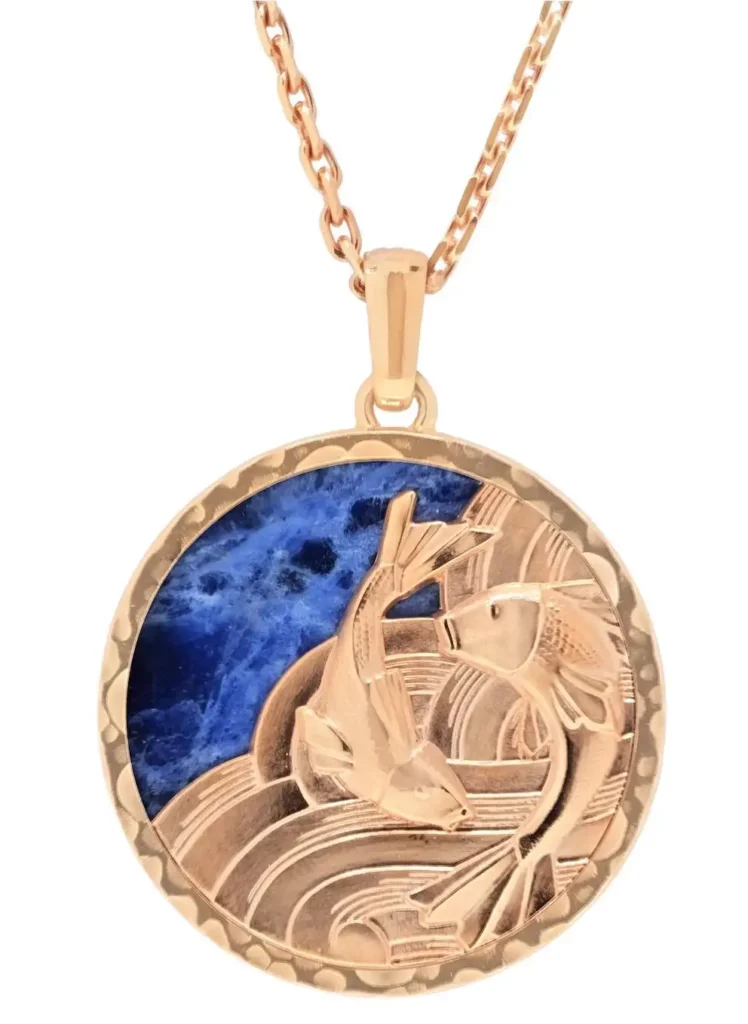
Van Cleef and Arpels Zodiac Pendants
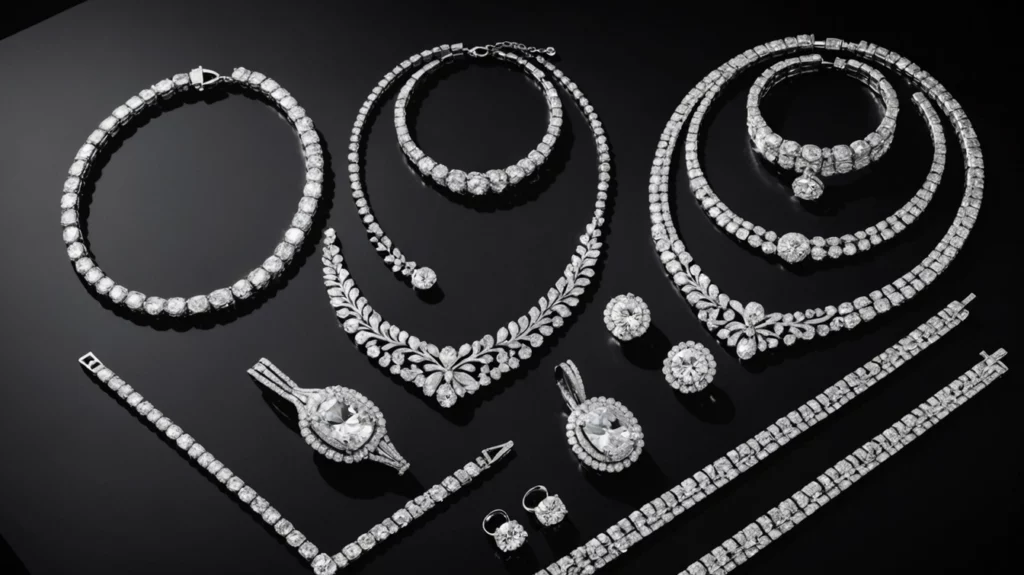
Renée Puissant
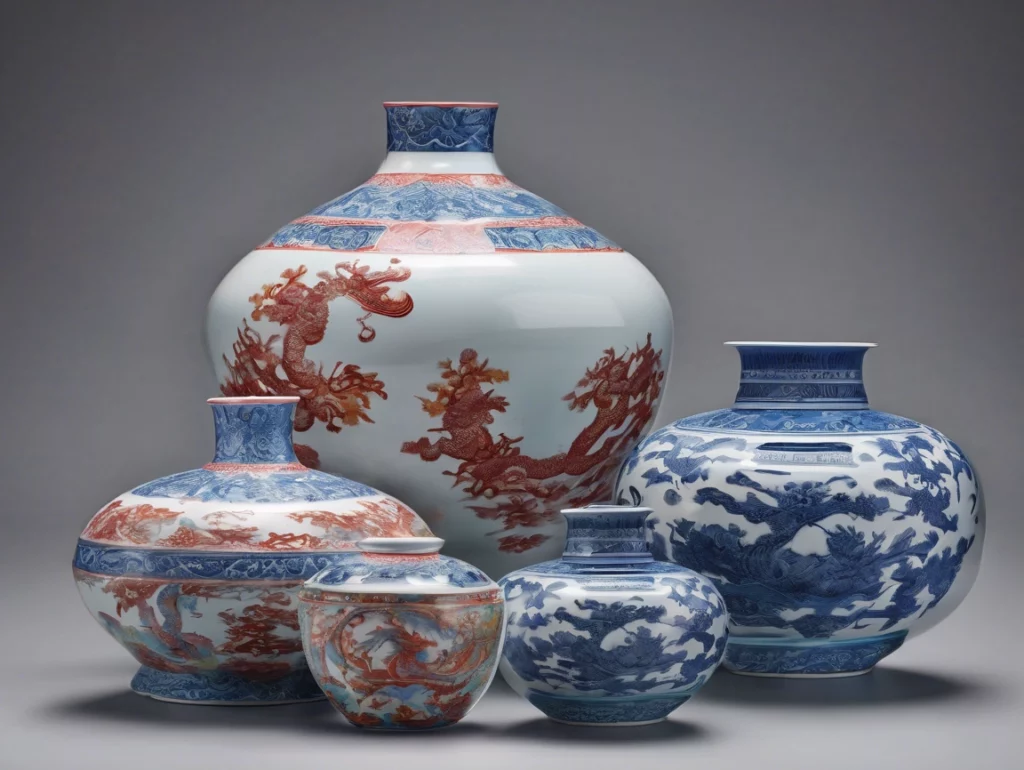
Chinese Imperial Porcelain

Business and bankruptcy liquidators
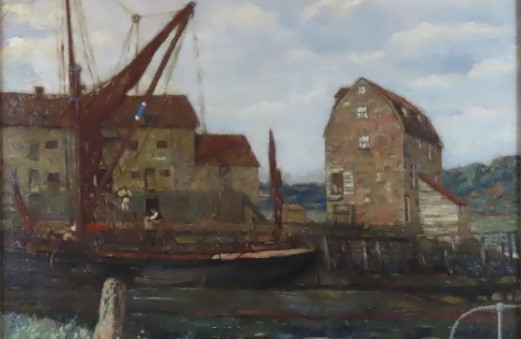
Walter J Hall
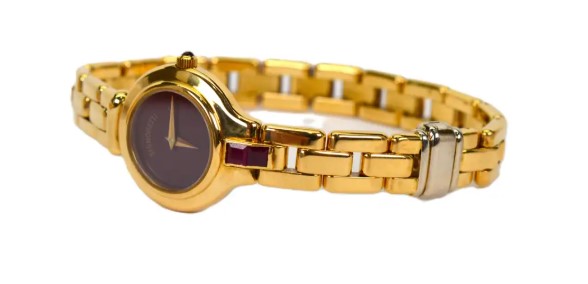
Signoretti
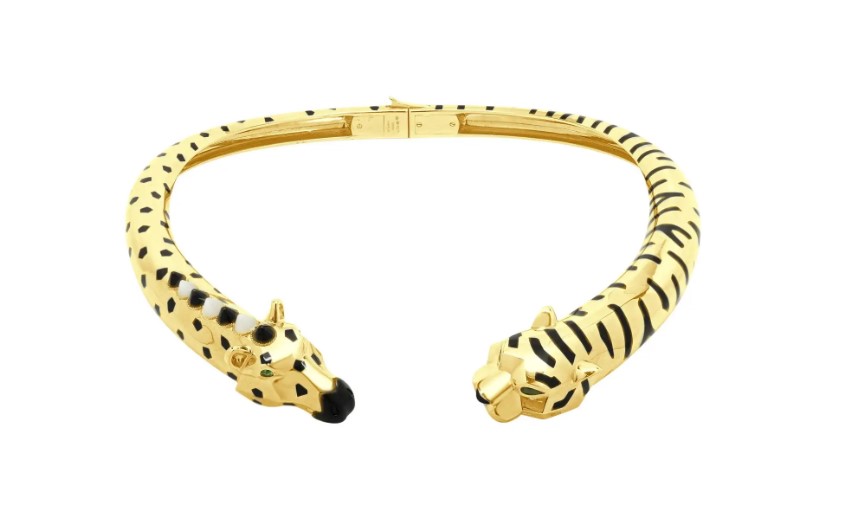
Indomptables De Cartier

Business Liquidations
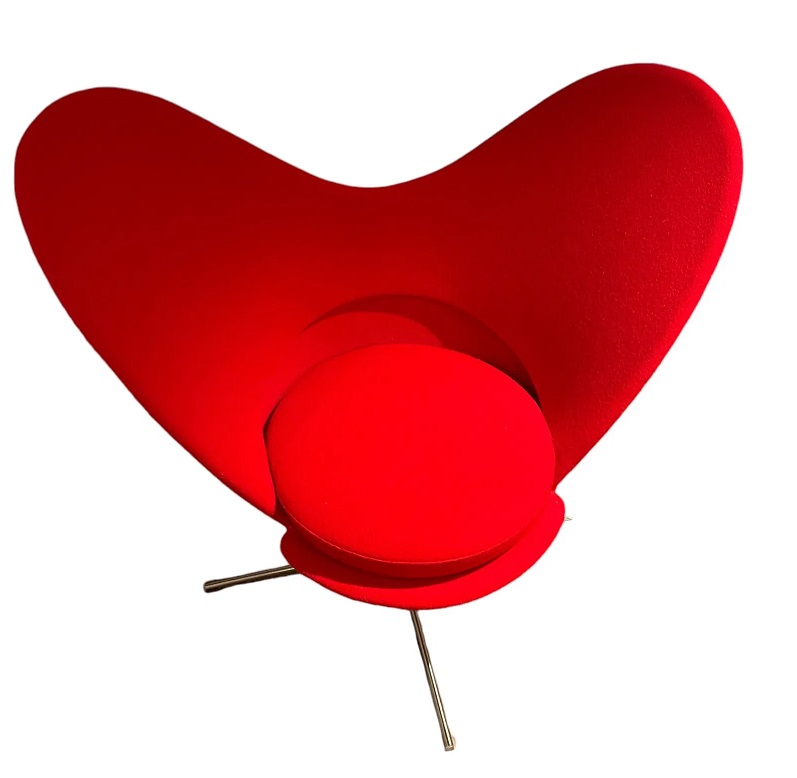
Vernor Panton – Heart Cone Chair
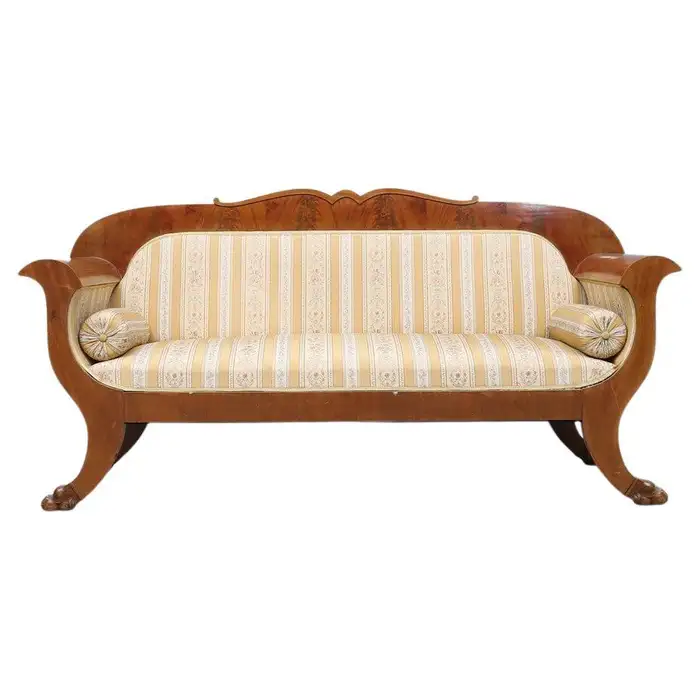
Swedish Biedermeier

Fredric Karoly
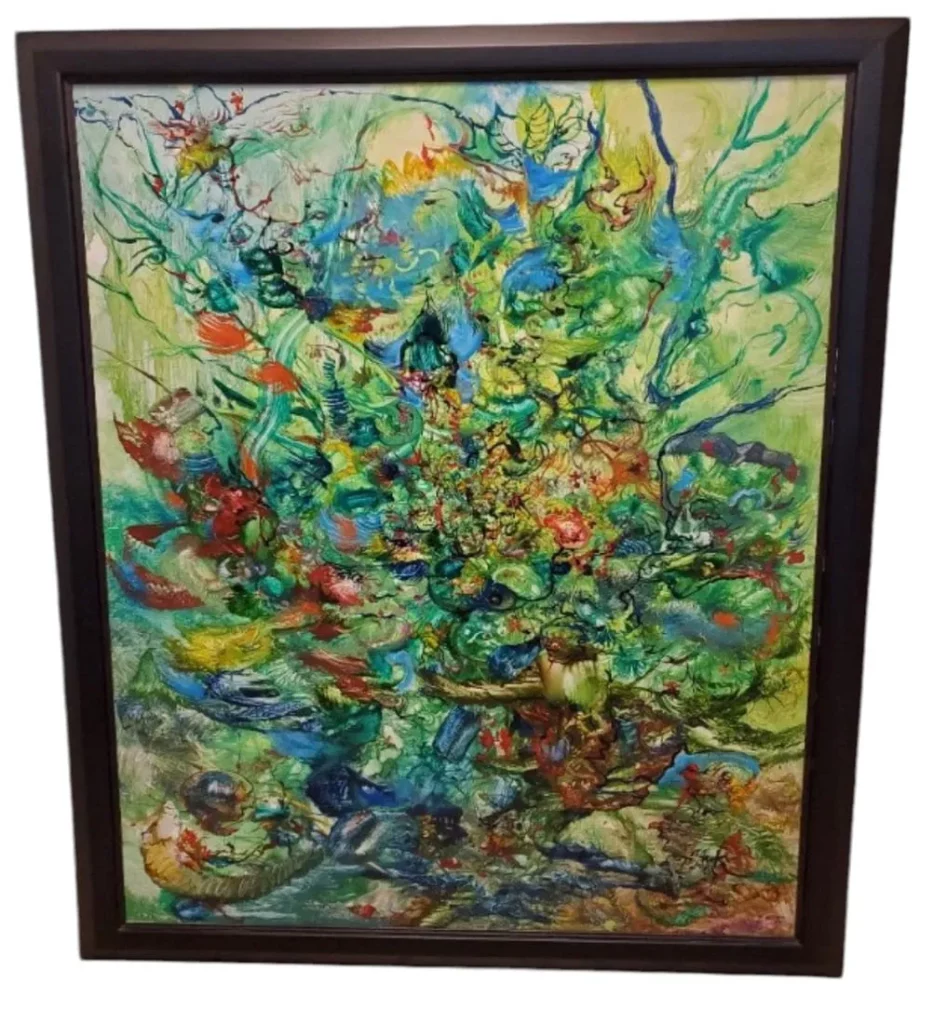
Reginald Pollack
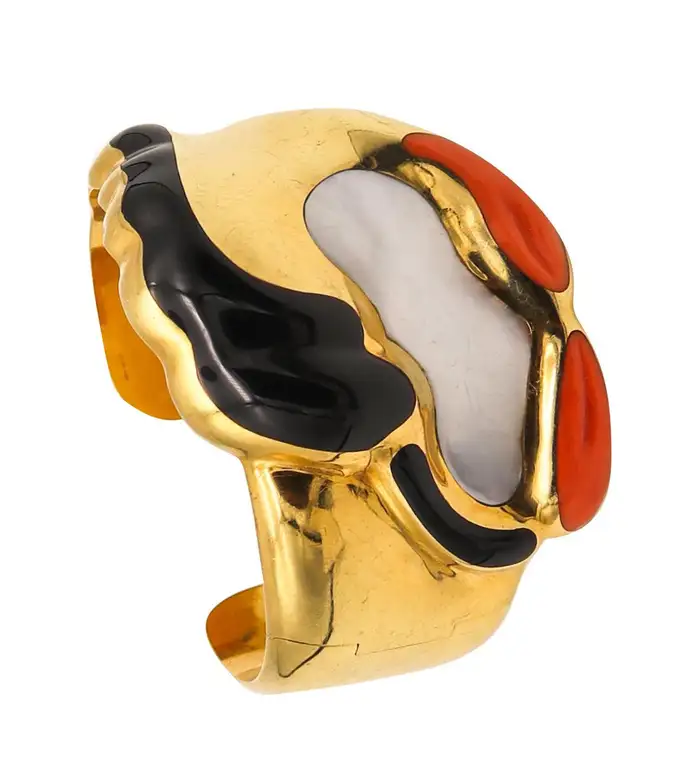
Elsa Peretti for Tiffani & Co
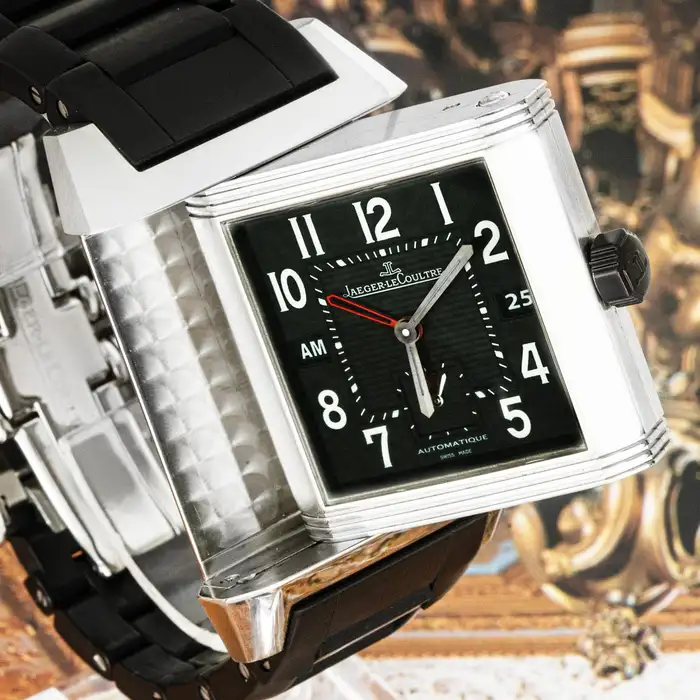
Jaeger-LeCoultre watches
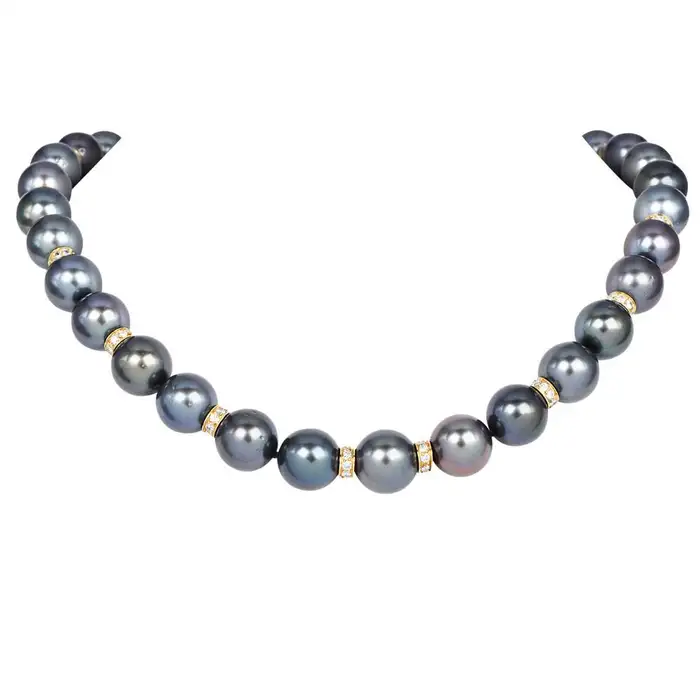
Tahitian pearls
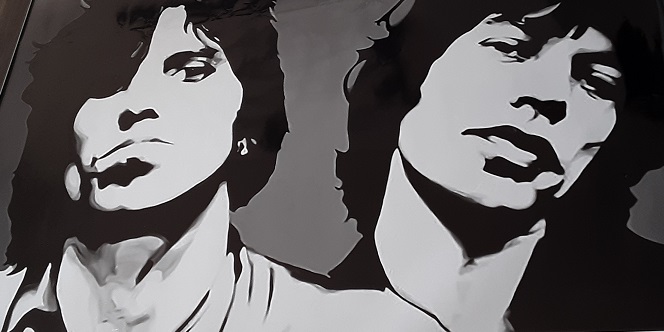
Rock and Roll Art

Classic Porsche
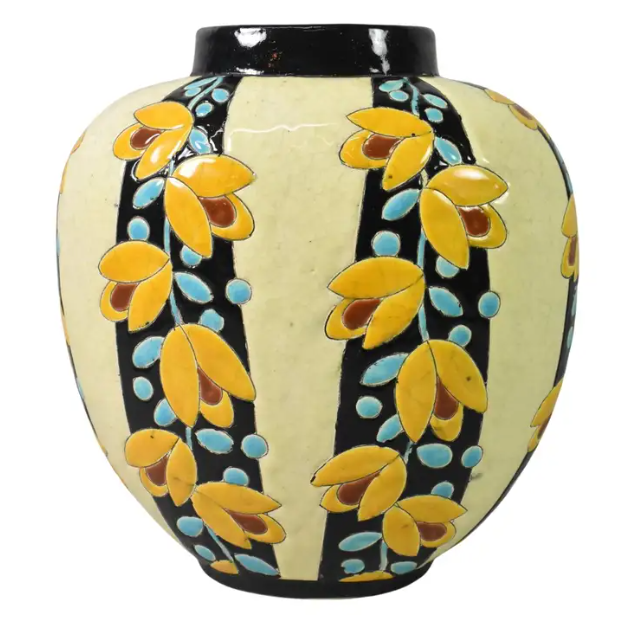
Charles Catteau
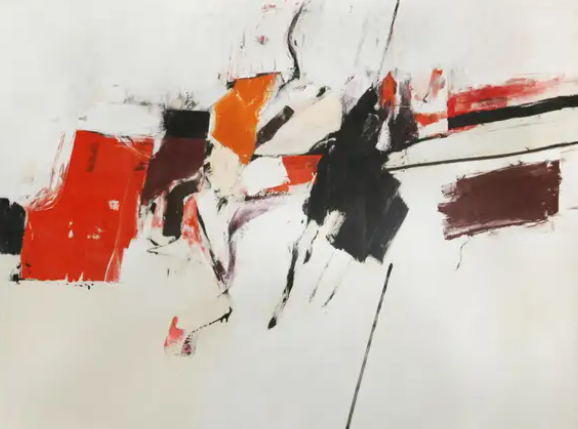
Kyle Morris

Banksy

Cartier Flora & Fauna
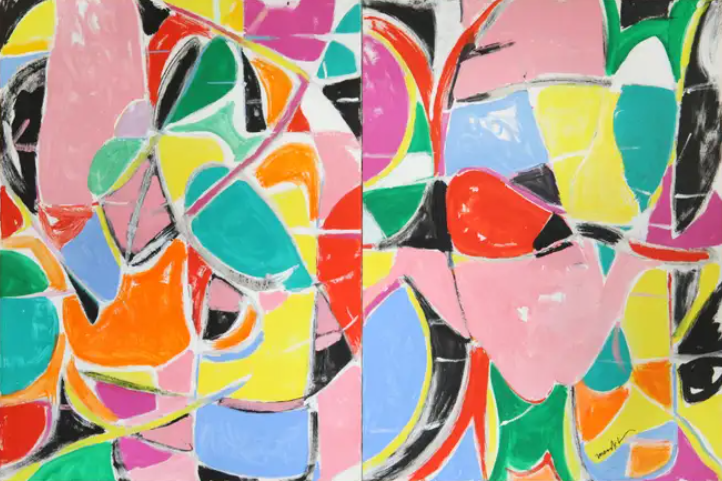
Beatrice Mandelman

Berlingots De Cartier
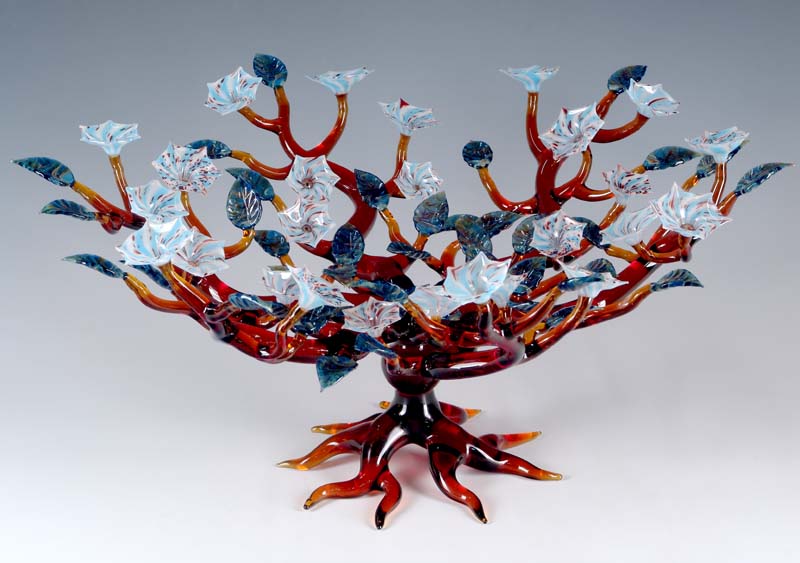
Robert Mickelsen

Ellen Negley Art
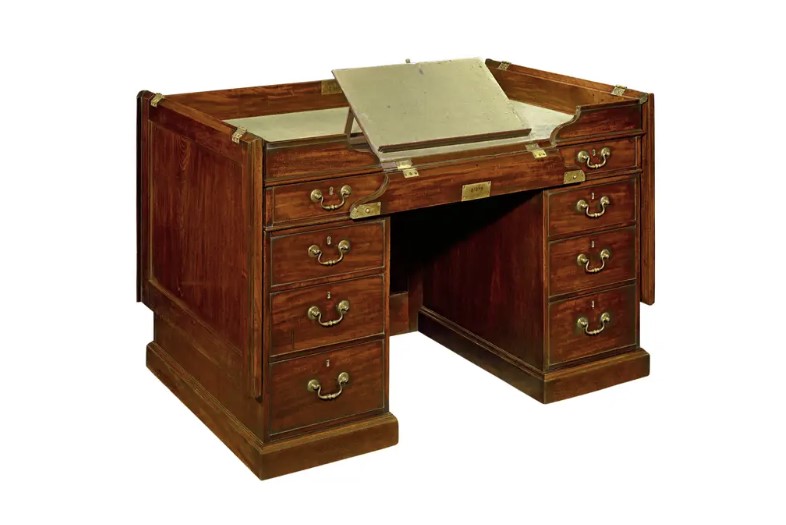
Thomas Chippendale
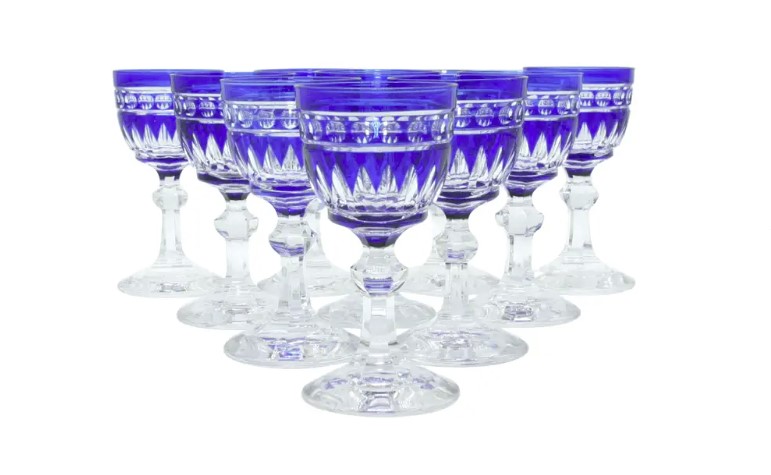
Val Saint Lambert
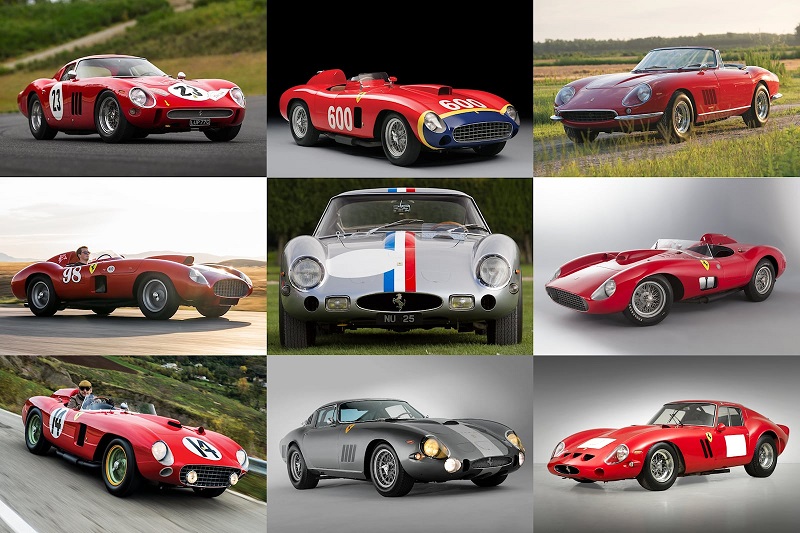
The Most Expensive Car Ever Sold
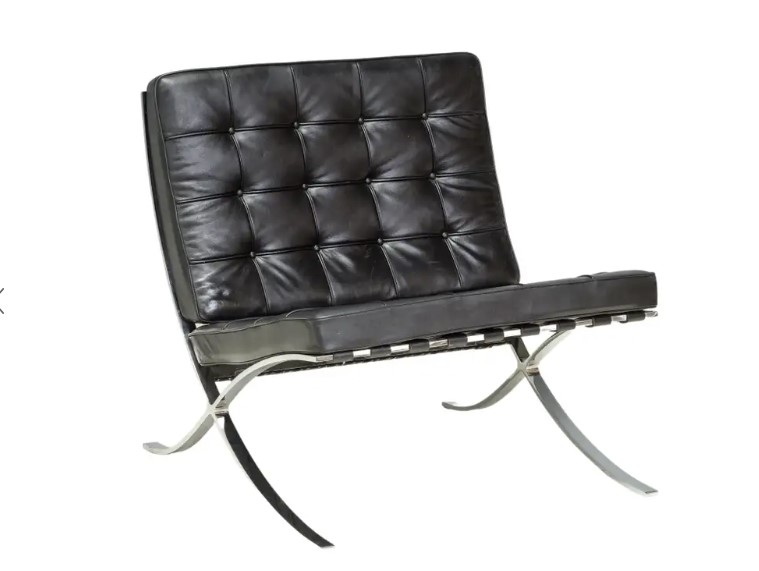
Ludwig Mies van der Rohe
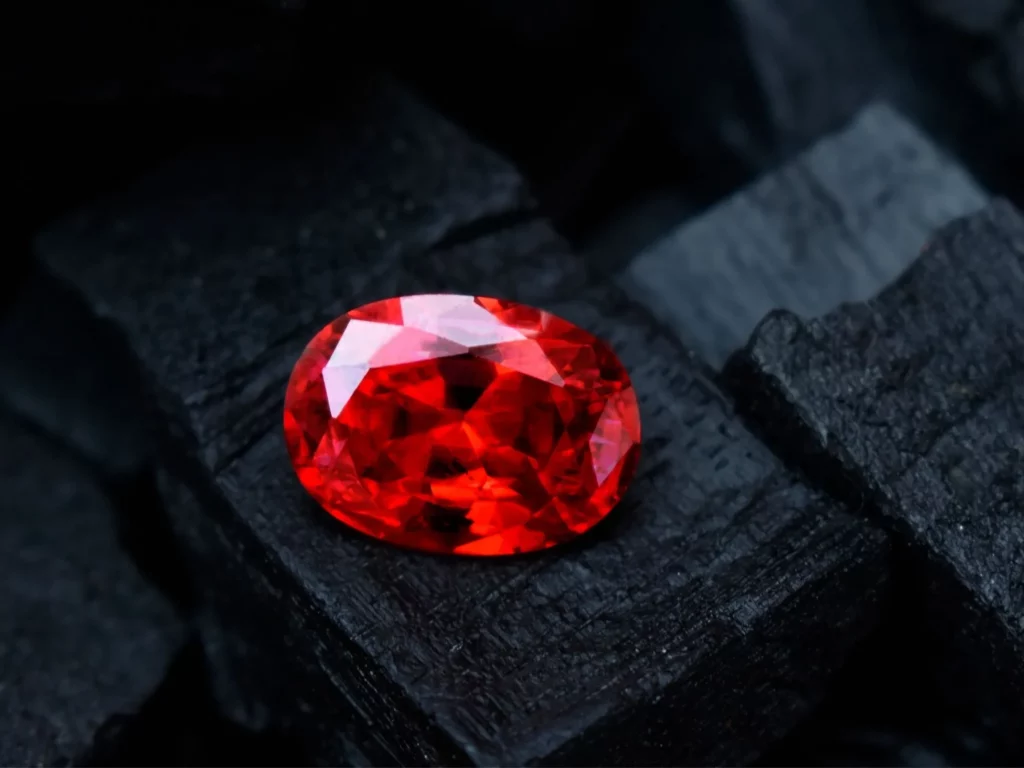
Why Are Rubies So Hard To Find Now?
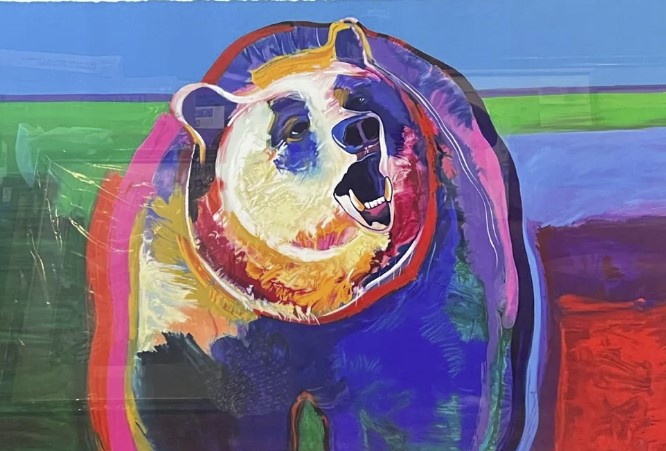
Fine Art Investment
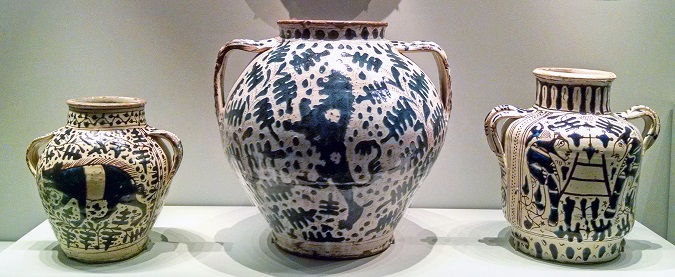
Important Pottery

Rolls Royce Phantom Syntopia

Hollywood Memorabilia
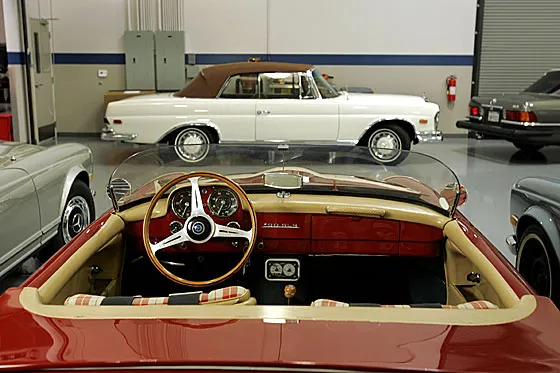
Classic Cars
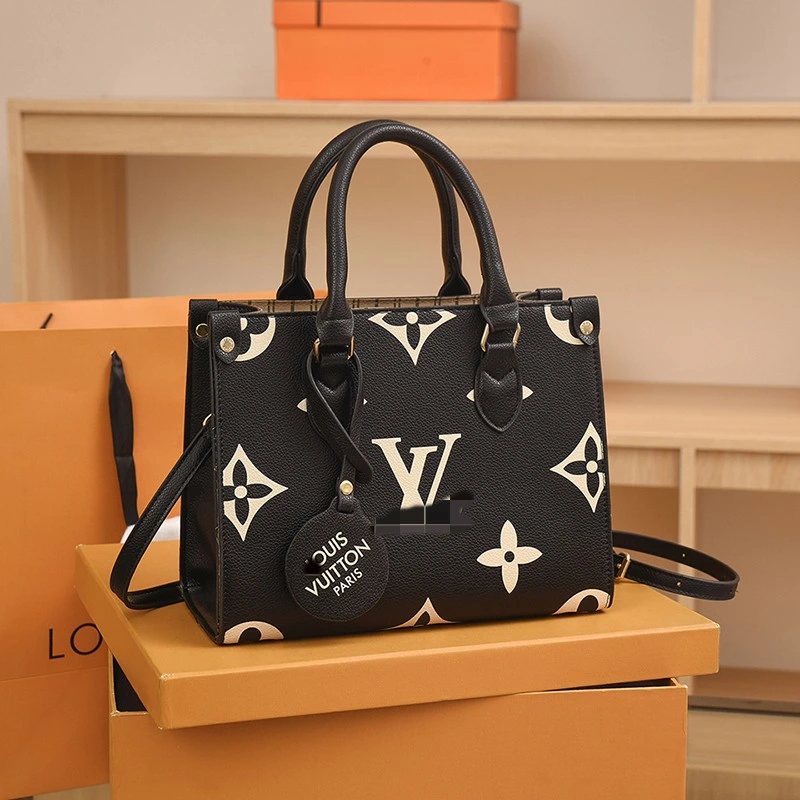
Chanel vs Louis Vuitton vs Hermes.
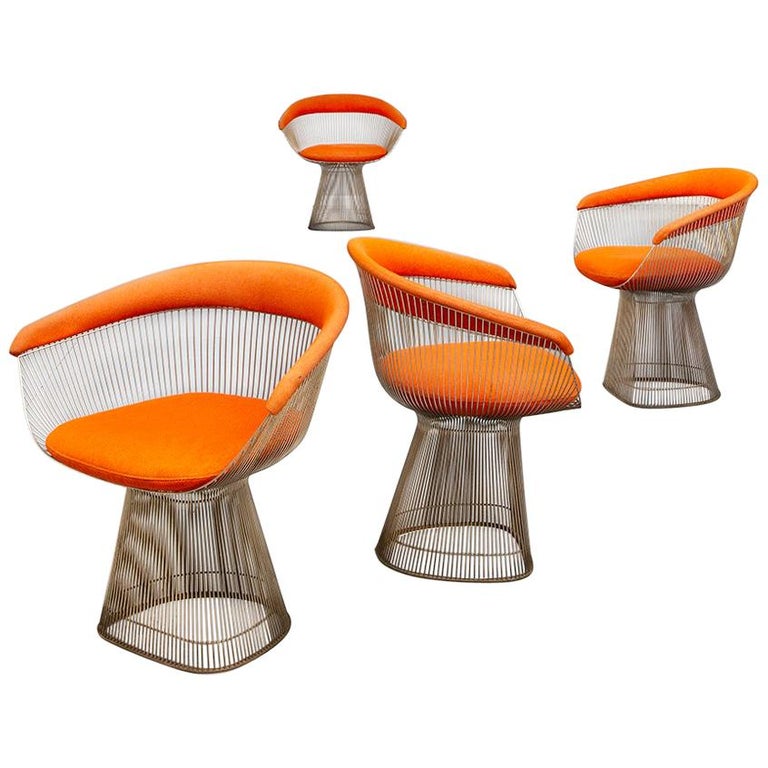
Why mid century, vintage collectibles are so valuable.
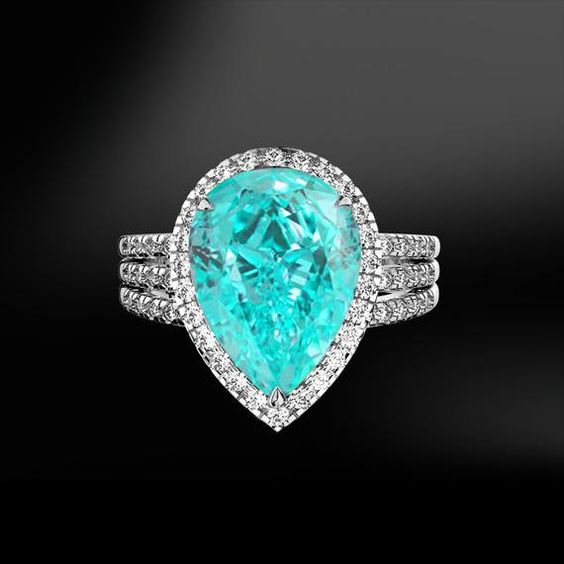
What makes a Paraiba tourmaline so neon bright in color?
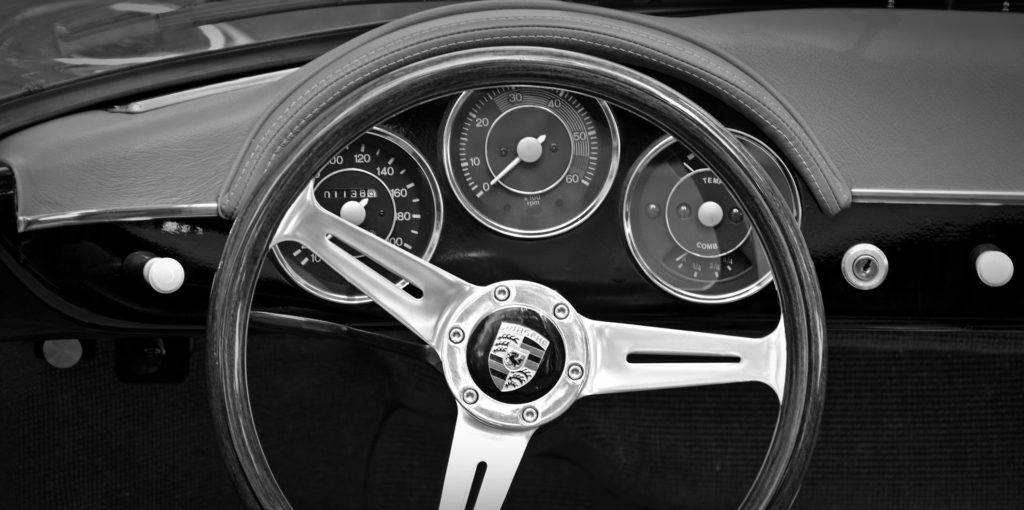
Why use a third party?

Helping Your Loved One Handle Finances After Losing Their Spouse

The new trend in 2021 was auctions

Real Estate Post Pandemic
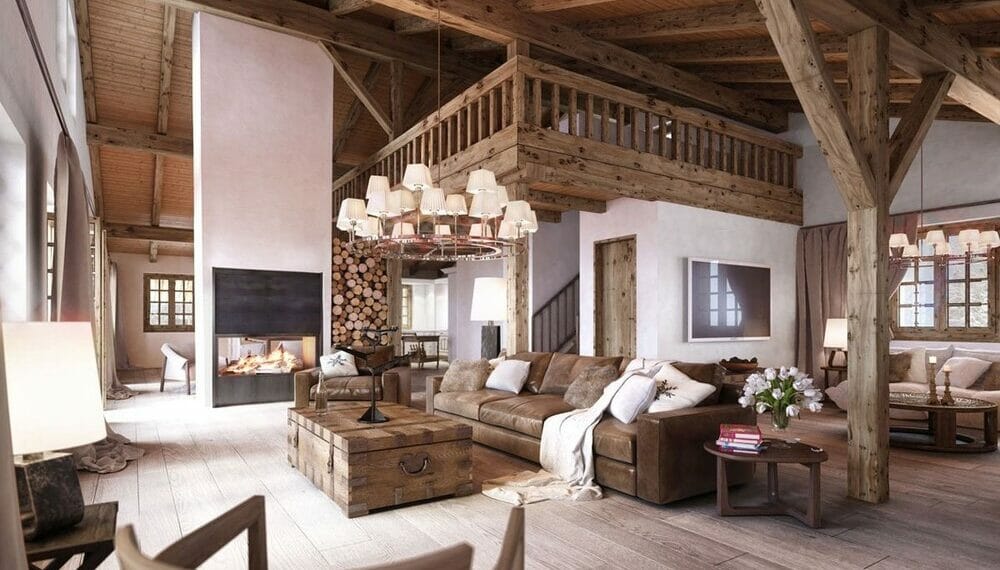
Antiques and rustic items for interior design
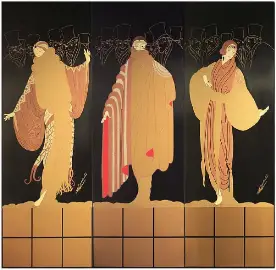
Erte auction results

Can sneakers be an investment?
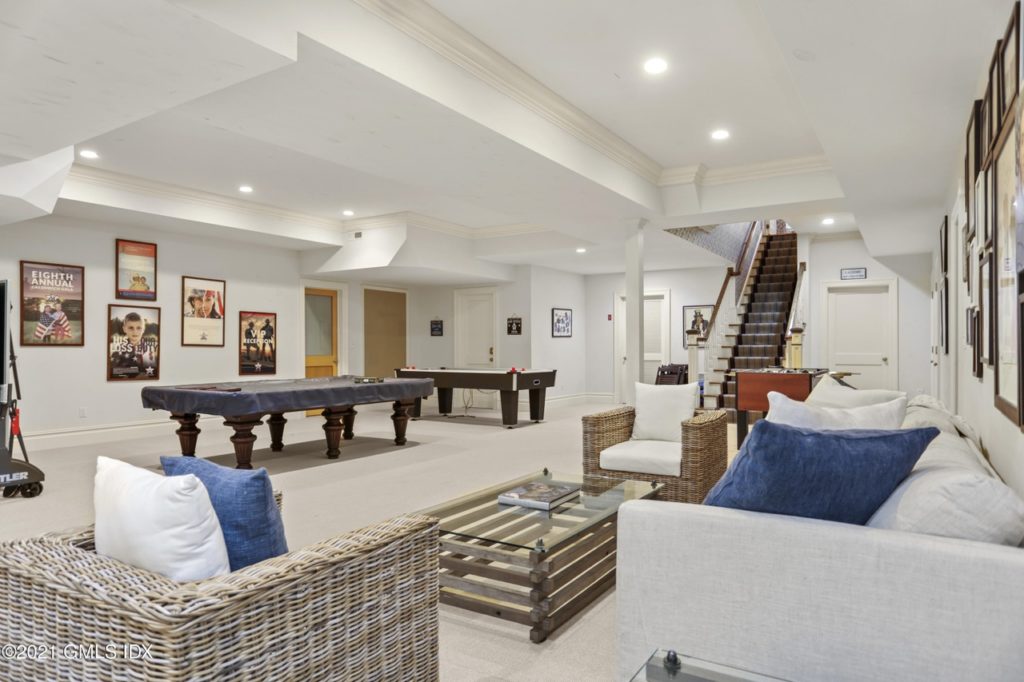
Real Estate, Covid, Estate Sales, Gold, Interest Rates & more.
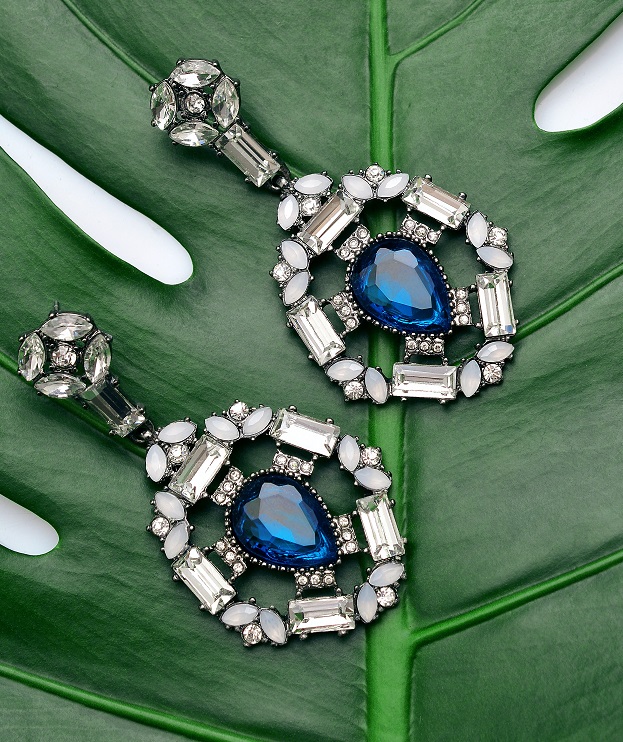
Selling Fine Jewelry

Kings Auctions Inc December Newsletter
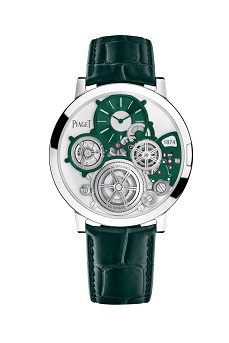
Are luxury brands going green too?
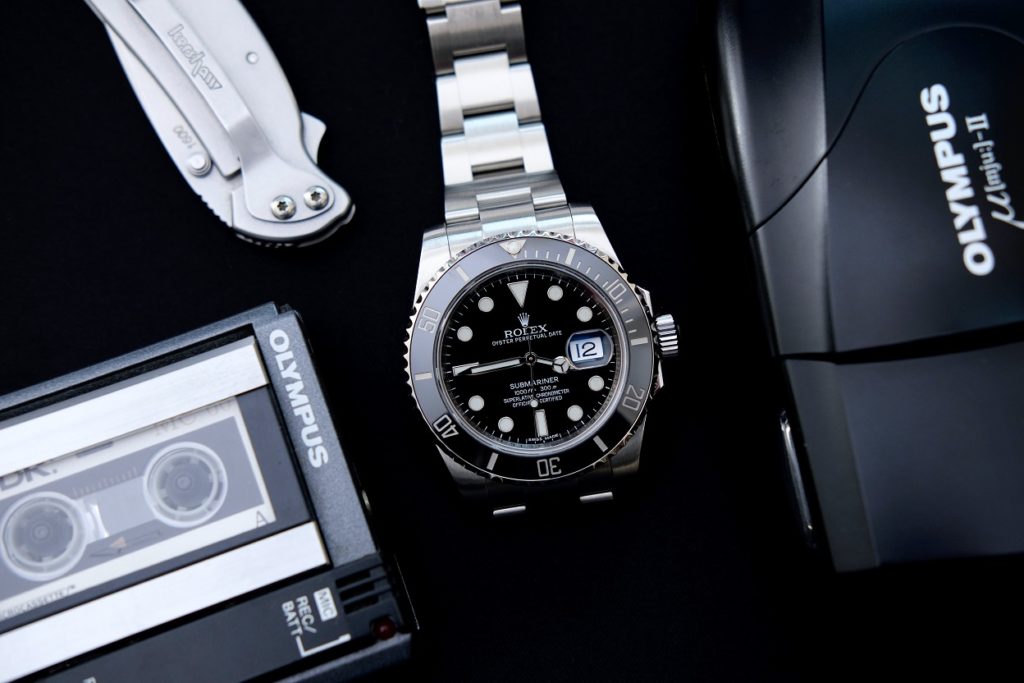
The Rolex Submariner
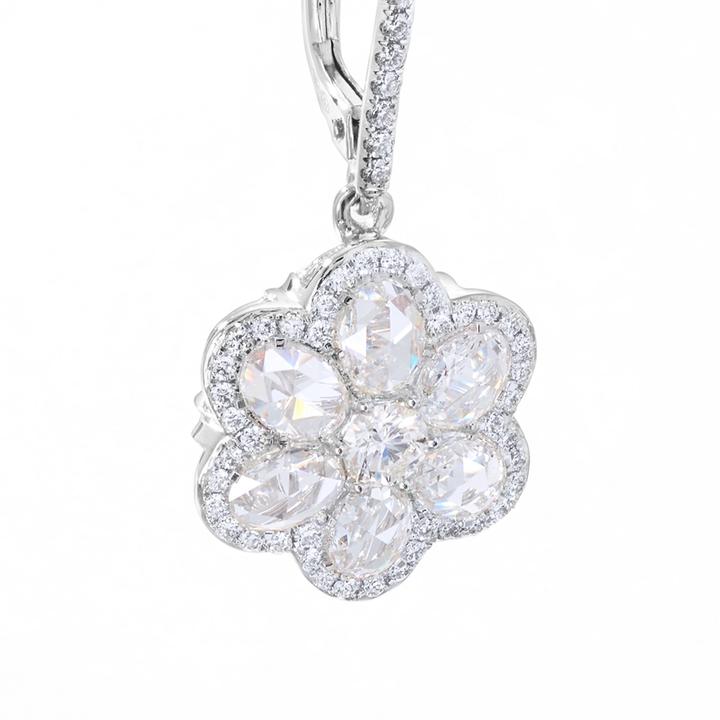
Fine jewelry and gemstones

Why we love classic cars.

Resale designer clothing
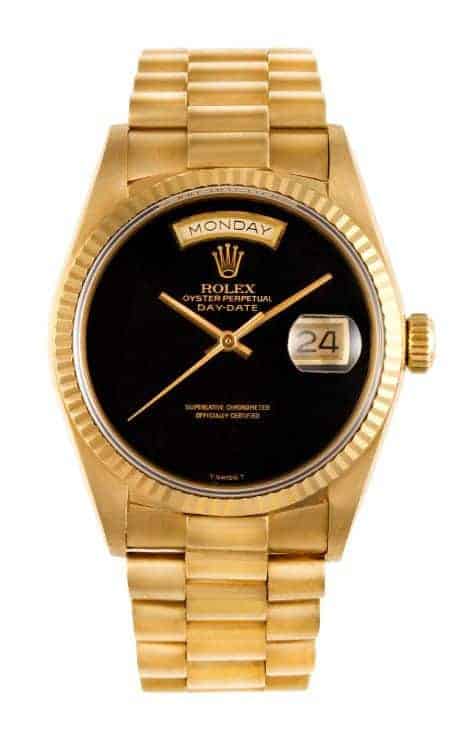
Wristwatches
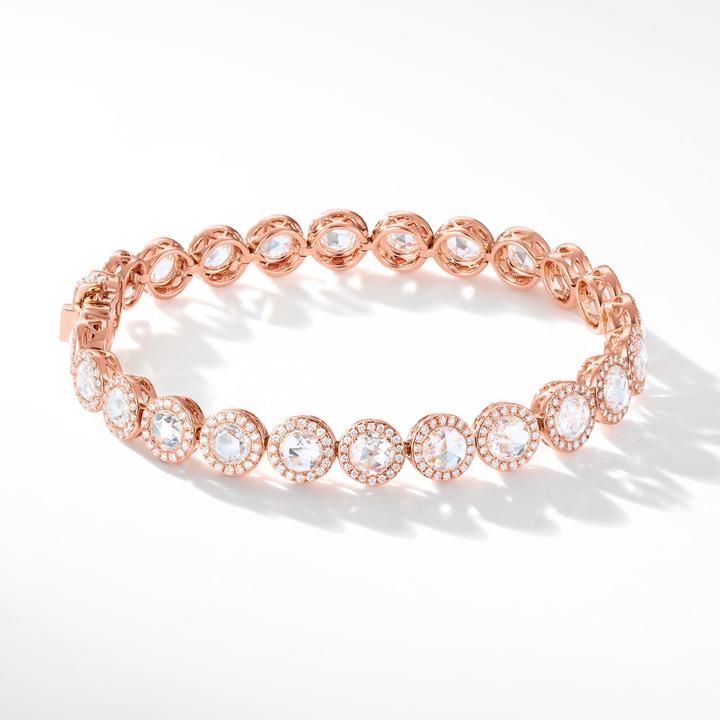
What’s the best way to resell fine jewelry?
